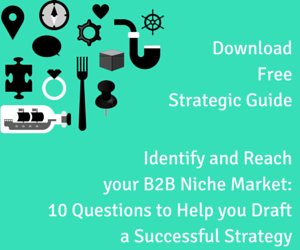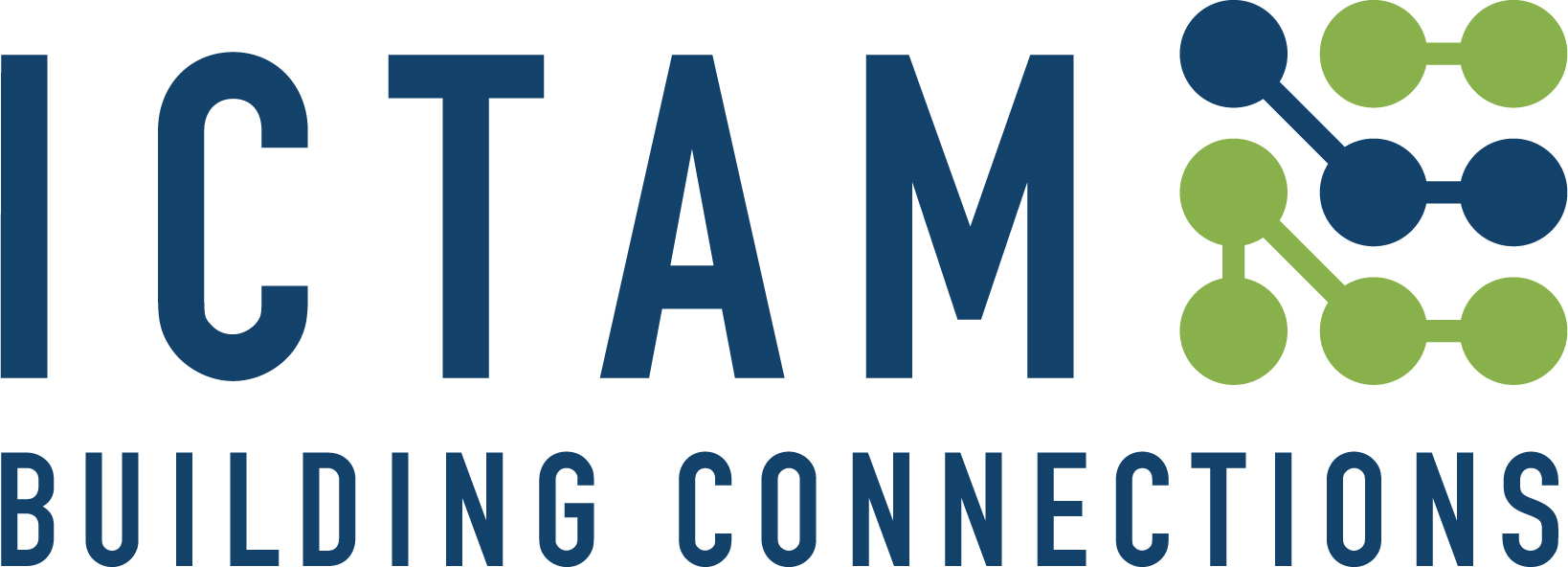Best–selling author Seth Godin once famously said, “Marketing is a contest for people’s attention”. Marketing used specifically for lead generation forms the lifeline for promoting your product and boosting your company’s overall profit. However, not every client feels motivated in the same way.
That’s why you need a needs-based segmentation approach in your B2B lead generation efforts, to ensure that you maximize your engagement with the B2B niche you target.
Needs-based segmentation marketing divides consumers into various groups with specific needs and preferences. In this way, “relevance” is decisive. How is your solution important to each particular segment of the target audience and what do they consider relevant?
Companies compete today for the attention of the buyer. The amount of information available today online makes it difficult for businesses to differentiate and stand out. But difficult is not the same as impossible! When you understand and solve the problems that your clients have, when you understand that the needs of one group are not the same as the needs of the other group even though you can help both, then you are taking the first step to connect with your B2B niche. Understanding the needs of each target audience and being able to respond to their exact needs is the starting point to finding more clients in your B2B niche that have these same needs.
To become a pro at finding new opportunities in a narrow market segment, your company must learn to:
- Identify a market segment based on their unique needs (needs-based segmentation)
- Identify the channels where you can find them, and
- Develop a message that is clear about how your competitive advantage solves the specific challenges your B2B niche is facing; you need to know this audience inside out and offer a solution to respond to these specific needs
1. The Value of a Needs-Based Segmentation
What do your clients need? Why would they need your solution? Needs–based segmentation is highly advantageous if you want your company to stand out from the crowd. It helps make real connections with the target audience and aligns your product to their needs.
Your solution may be the same one – however, the needs of the design engineers in the vehicle OEM will surely be different from those who can use your solution for mining equipment.
When you understand inside out the needs of specific groups of customers, it enables you to decide which strategies are required to respond to the needs of each group, maximizing their value as clients.
Needs-based segmentation marketing also studies your clients’ behavioural patterns. The close analysis of each segment group and the way they respond to your marketing initiatives optimize your B2B lead generation actions.
We live in an era where there is a surplus of data. How do you use this information to read the effect of your different B2B lead generation tools? How does the data guide your actions? Does the data show how your specific micro–segments respond to your promotions?
For example, offering a white paper with tips on best practices can motivate your prospects to learn more about your solutions. That’s why it is important to segment the market based on needs. Even though the financial services industry is a clear market segment, when you segment your audience based on needs you must segment further than that. There are many sub-segments that you can find inside the financial services market, each with their own needs and challenges.
Let’s say that you target the credit unions industry. Then, the white paper should respond to its needs. If you target investment professionals, please do not use the same white paper – you need a different one that responds to the needs of this specific group. Maybe you have the same or a similar solution for major banks? The video you develop should be different as well.
This way, you demonstrate to your potential clients that you really understand their needs, and you have the best-suited solution to respond to them.
2. Choosing the Right Marketing Channels
There is a sea of channels for marketing available today. The question is, which are the most effective ones to drive more clients? When you narrow your search to the channels you can truly use for B2B lead generation purposes and connect with the B2B niche you target, the options are specific and limited.
Channels are not tools.
That can be confusing but bear with me as we differentiate the two.
Channels are the places where your B2B niche audience gathers. Are there particular blogs they read? Or certain magazines? Do they attend a major biannual trade show? Are there any main industry associations for networking or specialized training?
Once you understand where your B2B niche audience hangs out, check each of the channels for one or a number of tools to connect your business with your prospects. Maybe an e-blast? Publishing one of your articles? Showcasing banner ads? Or the possibility of promoting a white paper?
Those who target engineers, scientists and technical professionals know that digital marketing is indispensable for promoting a business. At the same time, traditional tools such as trade shows and speaker opportunities are very much alive and effective for generating B2B leads.
Carefully select your channels to be sure that your audience is there. You want to use different channels and likewise different marketing tools to reach out to the various segments of your audience.
Be sure to plan a mix of digital and traditional tools that let you “touch” your target market a few times. You need a number of touches before your audience starts considering your solution.
3. Develop the Relevant Message
You cannot use the same cookie-cutter message and expect it to be relevant to the different segments of your target audience.
Be relevant. We discussed above that you need to understand the different challenges that the various segments of your customers face. This way, the message for each group must convince them that you have the most appropriate, if not perfect, solution for the challenges they face.
The solution should not appear like an ordinary one. It needs to make each segment of the target audience feel that it is designed especially for them. For example, if you are manufacturing air conditioners, the message while advertising them to restaurants should dwell on how the environment of restaurants will be more customer-friendly with the installation of air conditioners. However, when publicizing the same air conditioners to hospitals, the message needs to emphasize on how doctors will be able to operate better when ACs make the environment comfortable and how a cooler, relaxed ambiance contributes to speedier patient recovery.
Audiences are more likely to respond to your call when you show that you understand the problem they have and you can solve it. Always customize the message for each segment of your target audience.
How Do You Want Your Niche Audience to Act?
Once they hear about you, what is the next step you want your audience to take? Is it to call you? Do you have a special offer they should take advantage of? Are you presenting a webinar in which you want them to participate?
A call-to-action in the context of a needs-based segmentation lead generation campaign aims to trigger specific interests in your target audience. When you present the right message and incorporate a call-to-action, you convince your audience of the necessity to learn more about your solution for their own benefit.
The right call-to-action to use depends on the actions which you want your B2B niche audience to take.
Master Your B2B Lead Generation Efforts
By showing how your brand is relevant to your customers’ specific needs, the needs-based segmentation approach is the most effective to maximize your profits. Stiff competition is making it increasingly difficult for businesses to differentiate themselves and make a mark. This is where a B2B lead generation strategy based on needs-based segmentation comes into play. Adjusting your offerings to fulfill the needs of your B2B niche audience can successfully get the ball rolling towards further growth.
Think others should know about this? Give it a like, share and subscribe. Or connect with Dafne Orbach on LinkedIn.
Identify and Reach your B2B Niche Market
When industrial manufacturing/technology/scientific companies focus on appropriate, targeted niche markets, they discover many advantages. Download our strategic guide that outlines 10 key questions to ask yourself, to help you draft your own successful strategy.






